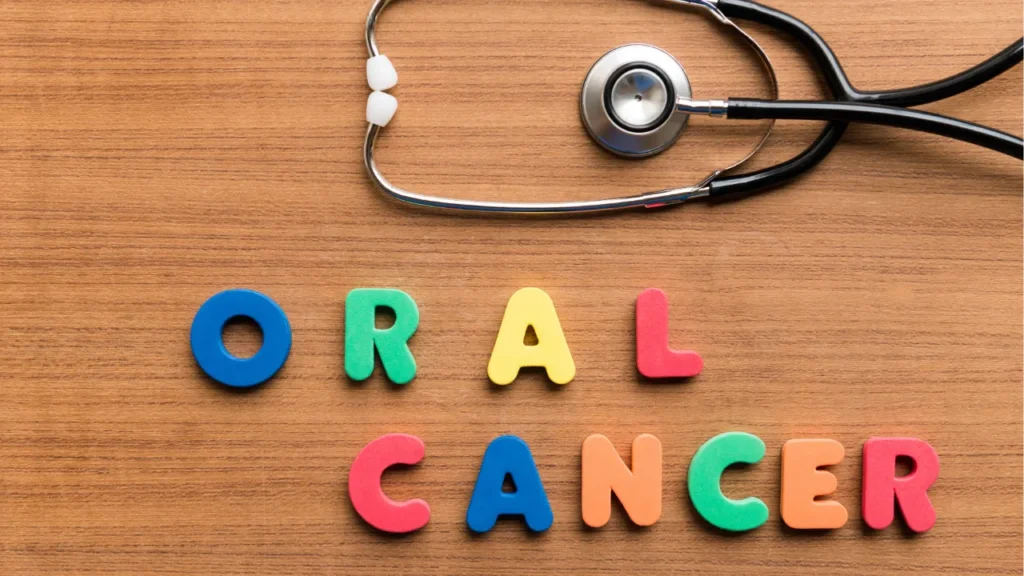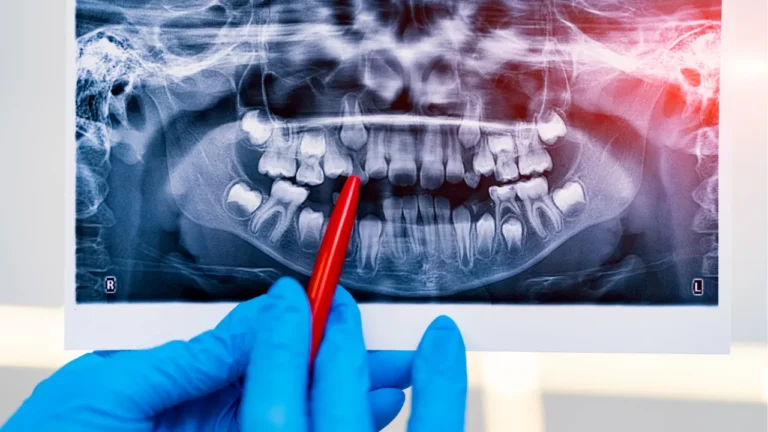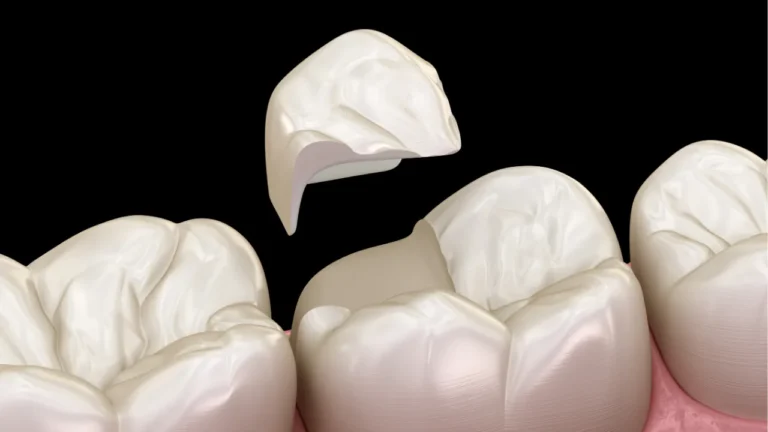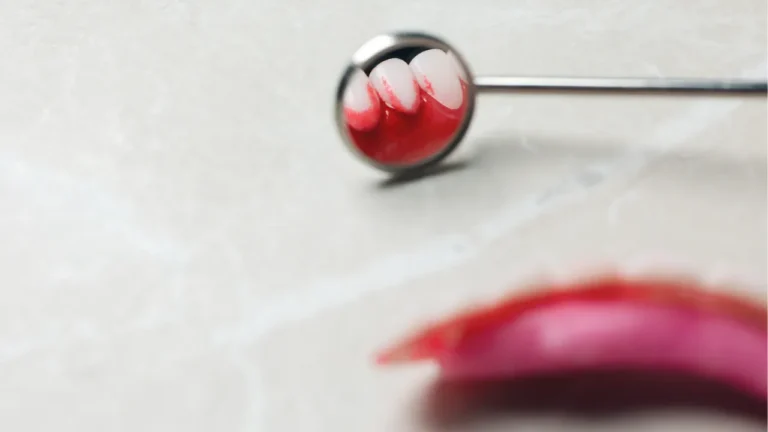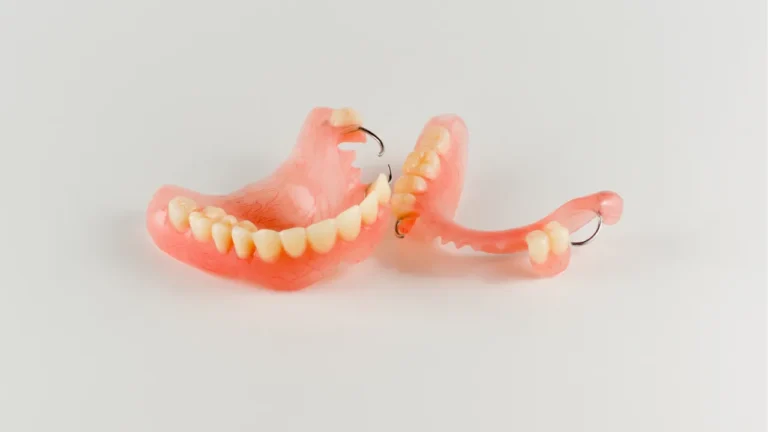Oral cancer can develop silently, often showing little to no symptoms in its early stages, which makes regular screenings essential for protecting your health.
These quick, painless exams help dentists spot early warning signs before the disease progresses, giving you the best chance for successful treatment.
Beyond detecting cancer, screenings also identify other abnormalities that might affect your oral health.
In this post, we’ll cover the key benefits of oral cancer screenings and why making them part of your routine dental care is so important.
Short Summary
- Oral cancer affects various parts of the mouth and throat.
- Early detection through regular screenings greatly improves survival chances.
- Screenings are quick, painless, and can detect hidden or precancerous lesions.
- Certain lifestyle factors increase risk; personalized advice helps reduce it.
- Regular self-exams and HPV vaccination are important prevention steps.
Why Are Oral Cancer Screenings Important?
Oral cancer can develop in any part of the mouth, including the lips, tongue, gums, cheeks, floor of the mouth, and throat.
It often begins as a small, painless lesion that may go unnoticed without a professional screening.
Early detection significantly increases the chances of successful treatment and recovery.
Key Benefits of Regular Oral Cancer Screenings
1. Early Detection Saves Lives
The earlier oral cancer is detected, the higher the survival rate.
Studies show that when oral cancer is diagnosed at an early stage, the five-year survival rate is over 80%.
In contrast, late-stage diagnosis often leads to more invasive treatments and lower survival rates.
2. Identifies Precancerous Lesions
Oral cancer screenings can help detect precancerous changes, such as leukoplakia (white patches) or erythroplakia (red patches), before they develop into cancer.
Early intervention can prevent these lesions from progressing into a more serious condition.
3. Quick and Painless Examination
An oral cancer screening is a simple, non-invasive procedure that takes only a few minutes during a routine dental checkup.
There is no discomfort, and it can be performed by your dentist or healthcare provider.
4. Helps Detect Hidden or Hard-to-See Areas
Oral cancer can develop in areas that are not easily visible, such as the back of the tongue, the throat, or under the tongue.
Dentists are trained to examine these areas thoroughly, using special tools and lighting to identify potential concerns.
5. Reduces the Need for Aggressive Treatment
When oral cancer is detected in the later stages, treatment may involve surgery, radiation, or chemotherapy, which can have lasting side effects.
Detecting it early can minimize the need for invasive procedures, leading to less pain, quicker recovery, and a better quality of life.
6. Personalized Risk Assessment
During an oral cancer screening, your dentist will assess your individual risk based on lifestyle factors, family history, and medical conditions.
This allows for personalized advice on how to lower your risk and maintain optimal oral health.
What to Expect During an Oral Cancer Screening
A standard oral cancer screening includes the following steps:
1. Visual Examination
Your dentist will inspect your lips, tongue, gums, throat, cheeks, and the roof and floor of your mouth for any abnormalities, such as:
- Unusual lumps or thickened tissues
- White or red patches
- Sores that do not heal
- Unexplained bleeding or pain
2. Physical Examination
The dentist will gently feel the jaw, neck, and lymph nodes to check for any unusual swelling, tenderness, or lumps that could indicate a problem.
3. Advanced Screening Tools (If Needed)
In some cases, additional tests may be used to detect abnormalities, including:
- Oral cancer screening dye – A special dye may be applied to the mouth; abnormal cells will absorb the dye and appear differently.
- Oral cancer screening light – A special light may be used to highlight abnormal tissue.
Who Should Get Regular Oral Cancer Screenings?
While oral cancer can affect anyone, certain individuals are at a higher risk and should prioritize regular screenings, including:
- Tobacco users (smoking or chewing tobacco)
- Heavy alcohol consumers
- Individuals with HPV (human papillomavirus) infections
- Those with a family history of oral cancer
- People with excessive sun exposure (which increases the risk of lip cancer)
- Individuals over the age of 40 (although oral cancer can develop at any age)
Even if you do not have these risk factors, regular screenings are still essential for early detection.
How to Reduce Your Risk of Oral Cancer
In addition to regular screenings, you can take steps to reduce your risk of developing oral cancer:
1. Avoid Tobacco and Limit Alcohol
Tobacco use and excessive alcohol consumption are two of the leading risk factors for oral cancer.
Quitting smoking and drinking in moderation can significantly lower your risk.
2. Protect Your Lips from Sun Exposure
Use lip balm with SPF and wear a hat when spending extended periods outdoors to protect your lips from harmful UV rays.
3. Maintain a Healthy Diet
Eating a balanced diet rich in fruits, vegetables, and antioxidants can help boost your immune system and protect against cancerous cell growth.
4. Practice Good Oral Hygiene
Brushing, flossing, and visiting your dentist regularly can help prevent infections and detect abnormalities early.
5. Get Vaccinated Against HPV
HPV (human papillomavirus) is linked to certain types of oral cancer. The HPV vaccine can help lower your risk.
6. Perform Monthly Self-Exams
Check your mouth regularly for any unusual sores, lumps, or color changes. If you notice anything unusual, schedule an appointment with your dentist immediately.
Final Thoughts
Regular oral cancer screenings are a simple yet powerful tool in early detection and prevention.
By scheduling routine exams, maintaining good oral health habits, and making lifestyle changes, you can significantly reduce your risk of oral cancer and improve your overall well-being.

